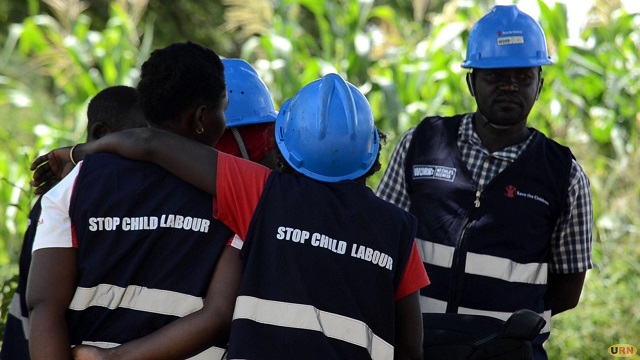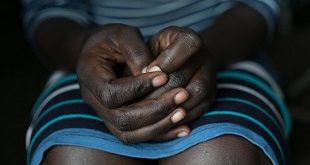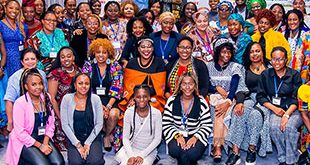
Moroto, Uganda | THE INDEPENDENT | The artisanal miners in the districts of Moroto and Nakapiripirit have joined the fight to end child labor in the mining areas.
Child labor has persisted in Karamoja for a long time as families have no choice but to put their children to work in the mines to get food. The children are poorly paid and work in unhealthy areas in the mines putting their lives in danger.
The miners have now formed a steering committee that oversees all the activities of the groups that are mining and protecting children from any form of abuse.
Moses Oumo, the chairperson of the Utut Miners Association in the Nakapiripirit district said they have decided to fight any form of child labor after realizing that the children have the right to safety and education.
Oumo acknowledged that child labor has been rampant in the mining sites and fighting it was hard due to biting poverty in the household.
Oumo said that the parents could send their children to the mines to work for money that is used for buying food at home. He observed that they had not yet realized the dangers of child labor and everything looked normal as one way of survival.
Oumo revealed that their move to stop labor was derived after going through several dialogues with partners such as Save the Children training them on the danger of using children in the mining sites.
He said they were selected as para Social workers who could move around to sensitize the community on the dangers of child labor and ensure children go to school.
Oumo says that they are sensitizing the parents about the dangers of child labor and consider taking children to school.
Hellen Adong, another artisanal miner in the Utut mining area noted that they learned about the dangers of child labor when they visited mining sites in the Busia district. She noted that they were surprised to find no children in the mining sites and the pits were fully protected to prevent accidents.
Adong added that their mindset was changed and they decided to come back home to implement whatever they learned from the benchmarking trip.
She recalled that they used to register cases of children falling into the pits and dying if not rescued in time. She added that with the knowledge they gained from the benchmark, they have covered all the pits and protected children from falling inside.
Moses Lokwii, Moroto Educational Officer said that child labor has affected school enrollment as children go to mines.
Lokwii said girls aged between 5 and 10 years are in the mining sites looking for money to feed their families.
He also noted that the children have reduced in the mining areas because of the good harvest realized in the community.
Lokwii said that the parents have withdrawn their children and taken them to the gardens to scare the birds and harvest.
He noted that the children are being driven by the economic activity taking place in the areas and not so much in education.
Carol Kharono, the Meal Coordinator for the Work No Child program at Save the Children said that through their interventions, the artisanal miners were taken for exchange learning visits in Busia.
Kharono said that the tour empowered the miners to revise their measures of mining and ensure that their children are not involved in the mining areas.
She said that they have established six groups in Moroto and Nakapiripirit respectively the model village being in the Utut in Moruita sub-county.
*****
URN
 The Independent Uganda: You get the Truth we Pay the Price
The Independent Uganda: You get the Truth we Pay the Price



